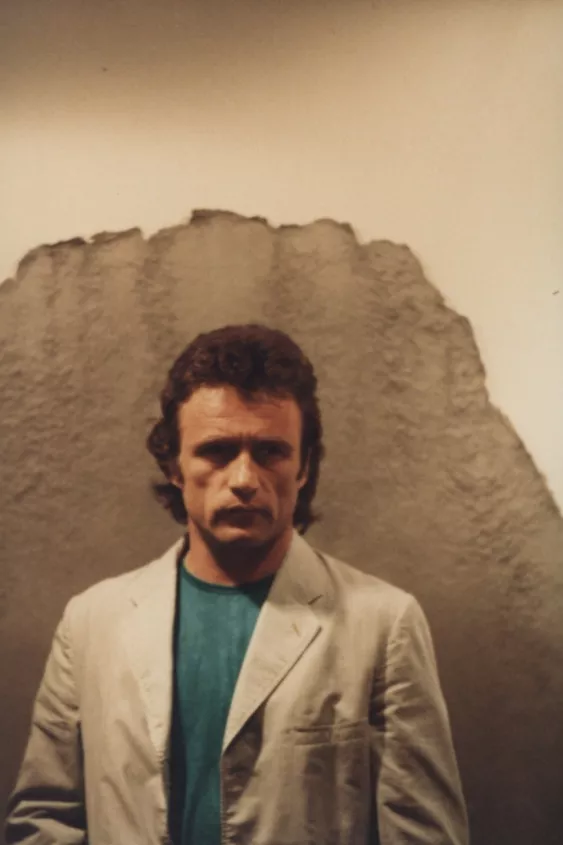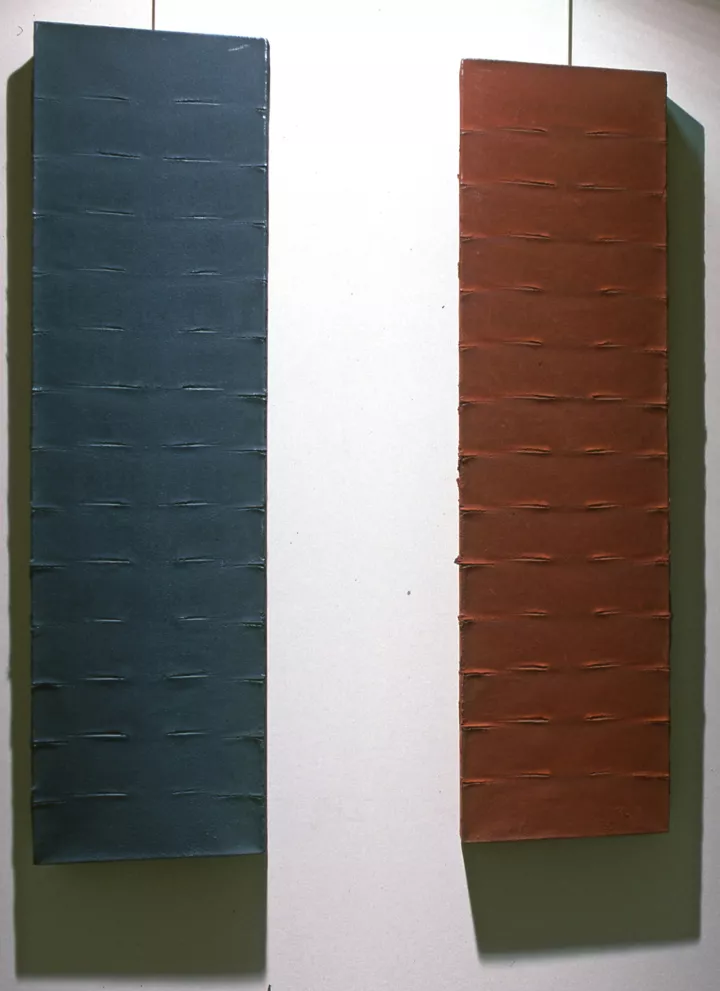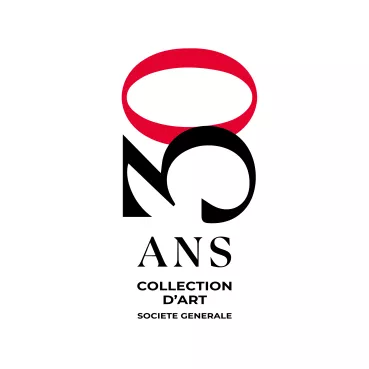
Zoom
Heinz-Dieter Pietsch
1944
Poland
Painter.
Much of Pietsch work involves a basic element - paper. Using untreated or barely transformed material like hand-made art paper or pressed paper pulp allows the artist to concentrate on the primary components of painting: pigments, the materials, the application of the paint and the effect of time.
His work bares the evocative titles of a mythological world. They are presented like artefacts dug up by the artist. By working with almost rustic or even primitive means, Pietsch undertakes an almost mystical search for authenticity. His paintings transcend their status as images to become the object of lost cult found by an archaeologist.
Metropolitan Museum of Art, New York, Museum of Decorative Arts, Lausanne, Victoria and Albert Museum, London, Ulm Museum, Museums in Karlsruhe, Ulm, Augsburg, Baden-Baden, Stuttgart.
Much of Pietsch work involves a basic element - paper. Using untreated or barely transformed material like hand-made art paper or pressed paper pulp allows the artist to concentrate on the primary components of painting: pigments, the materials, the application of the paint and the effect of time.
His work bares the evocative titles of a mythological world. They are presented like artefacts dug up by the artist. By working with almost rustic or even primitive means, Pietsch undertakes an almost mystical search for authenticity. His paintings transcend their status as images to become the object of lost cult found by an archaeologist.
Metropolitan Museum of Art, New York, Museum of Decorative Arts, Lausanne, Victoria and Albert Museum, London, Ulm Museum, Museums in Karlsruhe, Ulm, Augsburg, Baden-Baden, Stuttgart.
Artwork of
Heinz-Dieter Pietsch

Visit the Collection
Book a visitThe visit of the Collection is open to you! Come alone, in a group or on a school outing !
Reservation is mandatory in order to offer you a guided tour, at La Défense or by videoconference.



